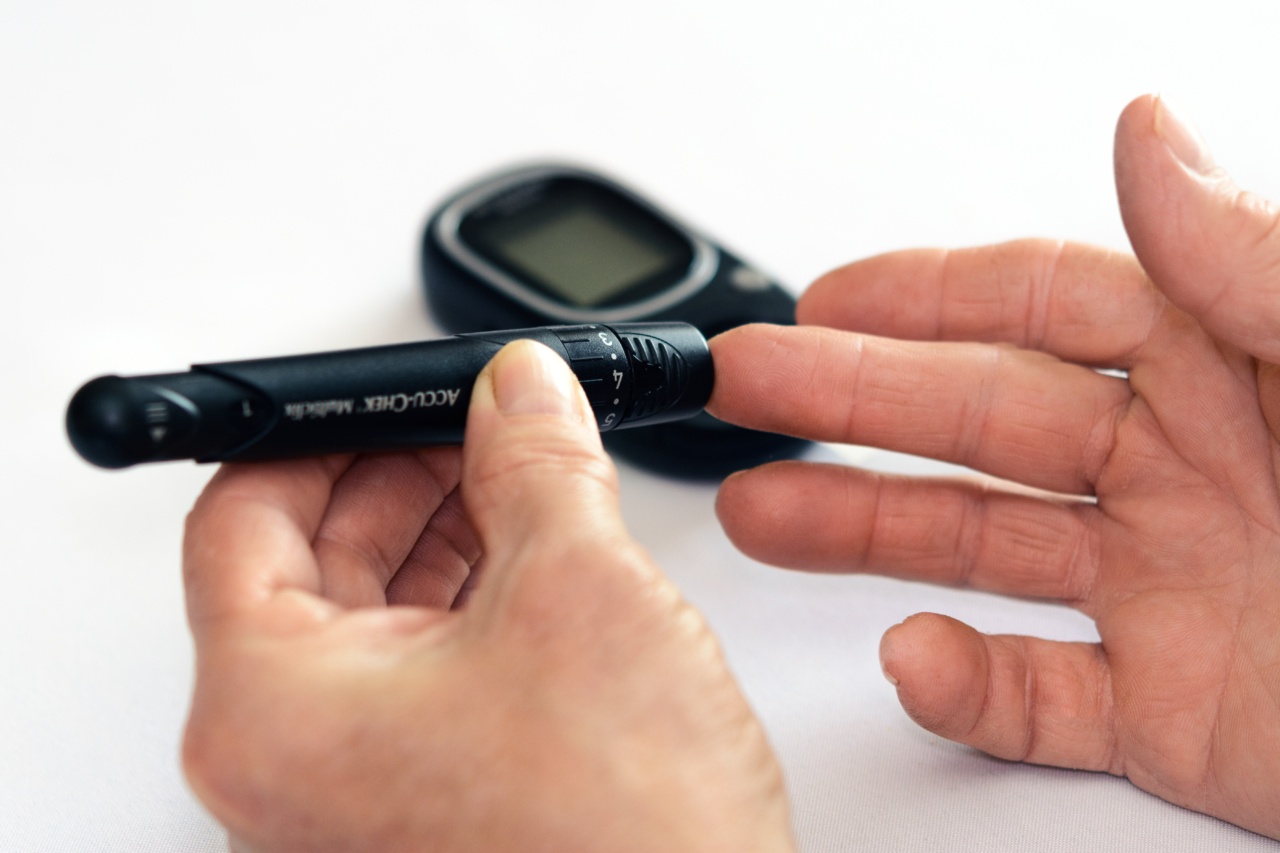Sugar is an important source of energy for your body. The carbohydrates you eat are broken down into glucose, which is your body’s main source of fuel.
Your body needs glucose to function properly, but too much glucose in your blood can cause serious health problems. Therefore, it is important to monitor your blood sugar levels and keep them within a healthy range.
What is Blood Sugar?
Blood sugar, also known as blood glucose, is the amount of glucose present in your blood. It is typically measured in milligrams per deciliter (mg/dL) or millimoles per liter (mmol/L).
Your body maintains a tight control over your blood sugar levels, keeping them within a very narrow range. The hormone insulin, which is produced by your pancreas, helps regulate your blood sugar levels by allowing glucose to enter your cells where it can be used for energy or stored for later use.
What are Normal Blood Sugar Levels?
The normal range of blood sugar levels varies depending on several factors such as age, sex, weight, and medical conditions. However, in general, the American Diabetes Association (ADA) provides the following guidelines for blood sugar levels:.
- Fasting blood sugar (after fasting for at least 8 hours): 70-99 mg/dL (3.9-5.5 mmol/L)
- Postprandial blood sugar (2 hours after a meal): less than 140 mg/dL (7.8 mmol/L)
- HbA1c (a measure of average blood sugar over the past 2-3 months): less than 5.7% (39 mmol/mol)
What are High Blood Sugar Levels?
Hyperglycemia is the medical term for high blood sugar levels.
If left untreated, hyperglycemia can lead to serious health problems such as diabetic ketoacidosis, hyperosmolar hyperglycemic state, and long-term complications like heart disease, kidney disease, and nerve damage.
The following are some guidelines for high blood sugar levels:.
- Fasting blood sugar: 100-125 mg/dL (5.6-6.9 mmol/L)
- Postprandial blood sugar: 140-199 mg/dL (7.8-11.0 mmol/L)
- HbA1c: 5.7-6.4% (39-47 mmol/mol)
What are Low Blood Sugar Levels?
Hypoglycemia is the medical term for low blood sugar levels. It is typically defined as a blood sugar level below 70 mg/dL (3.9 mmol/L). Hypoglycemia can occur in people with diabetes who take insulin or other diabetes medications.
It can also occur in people without diabetes due to various medical conditions or lifestyle factors such as excessive alcohol consumption or prolonged fasting.
How to Monitor Your Blood Sugar Levels?
If you have diabetes or are at risk of developing diabetes, your healthcare provider may recommend that you monitor your blood sugar levels on a regular basis. There are several ways to do this:.
- Fingerstick test: This involves pricking your finger with a small needle and placing a drop of blood on a test strip that is inserted into a blood glucose meter. The meter then displays your blood sugar level in mg/dL or mmol/L.
- Continuous glucose monitoring (CGM): This involves wearing a small device that measures your blood sugar levels throughout the day and night. The device sends the data to a receiver, which can display your blood sugar levels and provide alerts if your levels go too high or too low.
- Urine test: This involves collecting a urine sample and either using test strips to measure the glucose level in the urine or sending the sample to a laboratory for analysis.
Conclusion
Maintaining healthy blood sugar levels is essential for overall health and well-being. If you have diabetes or are at risk of developing diabetes, it is important to work with your healthcare provider to develop a plan to manage your blood sugar levels.
This may include lifestyle changes such as a healthy diet and regular exercise, as well as medications or insulin therapy if needed.





























